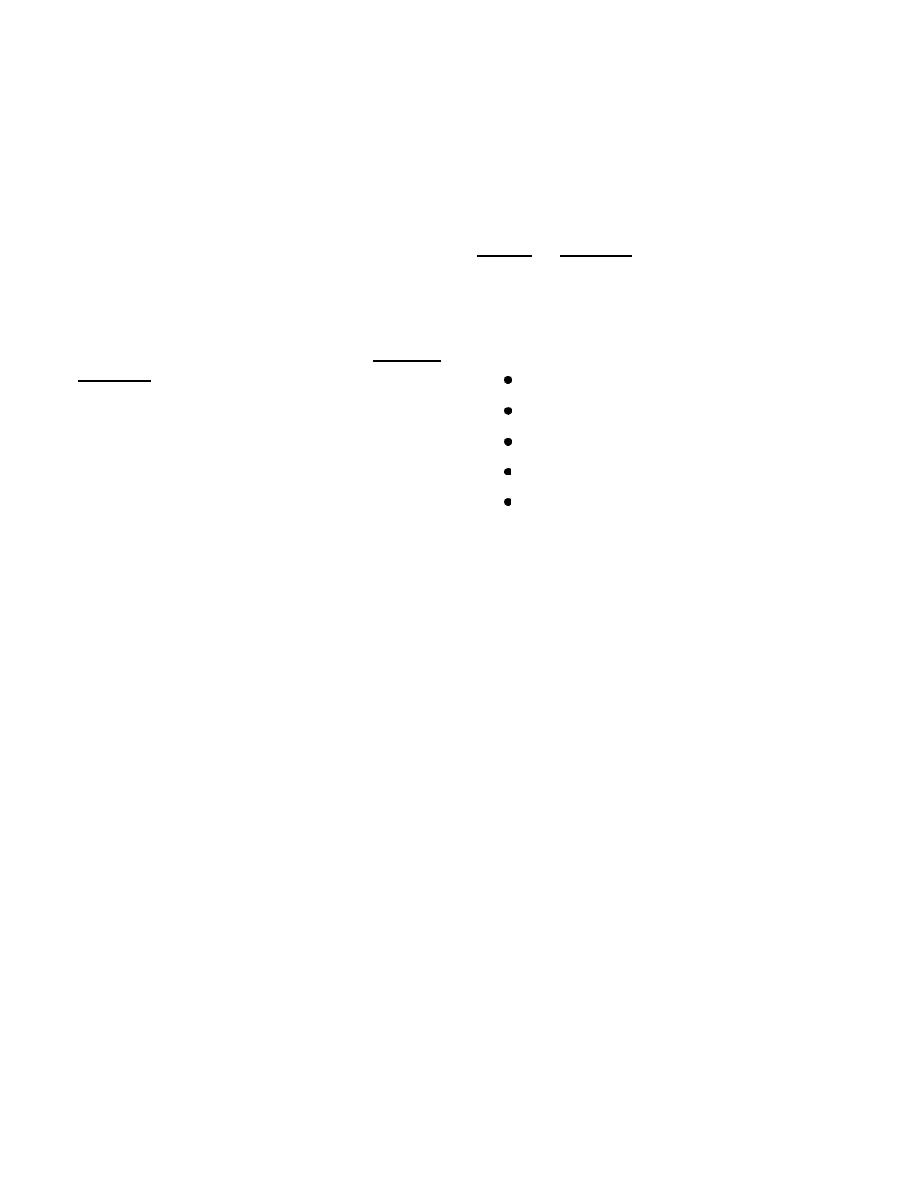 |
|||
|
|
|||
| ||||||||||
|
|
 three levels of essentiality. (Strictly speaking,
Level C: Provides for minimum or "as necessary"
verification techniques. This normally
SUBSAFE is not a level of essentiality.)
--
will require very little QC or tests and
inspections.
SUBSAFE
To help you understand SUBSAFE, we will discuss
LEVELS OF CONTROL
a little of the background of the program. The Submarine
Safety Program (hence the name SUBSAFE) was
established in 1963 as a direct result of the loss of USS
QC may also be assigned generally to any of the
Thresher. The program is two-fold, consisting of both
three levelsA, B, or C. Levels of control are the degrees
material and operability requirements. It provides a high
of control measures required to assure reliability of
level of confidence in the material condition of the hull
repairs made to a system, subsystem, or component.
integrity boundary and in the ability of a submarine to
Furthermore, levels of control (QC techniques) are the
recover from control surface casualties and flooding,
means by which we achieve levels of assurance.
SUBSAFE requirements are split into five
An additional category that you will see is level I.
categories, which are devoted to
This is reserved for systems that require maximum
confidence that the composition of installed material is
piping systems,
correct.
flooding control and recovery,
CONTROLLED MATERIAL
documentation,
pressure hull boundary, and
Some material, as part of a product destined for fleet
use, has to be systematically controlled from
government-furnished material.
procurement, receipt, stowage, issue, fabrication, repair,
There are three SUBSAFE definitions you need to
and installation to ensure both quality and material
consider: SUB SAFE system, SUBSAFE boundary, and
traceability. Controlled material is any material you use
SUBSAFE material.
that must be accounted for (controlled) and identified
throughout the manufacturing and repair process,
SUBSAFE System
including installation, to meet the specifications
required of the end product. Controlled material must be
A SUBSAFE system is any submarine system
inspected by your CMPO for required attributes before
determined by NAVSEA to require the special material
you can use it in a system or component and must have
or operability requirements of the SUBSAFE program.
inspection documentation maintained on record. You
How does it concern you? After you have installed and
must retain traceability through the repair and
maintained a system, it must prevent flooding of the
installation process. These records of traceability must
submarine, enhance recovery in the event of flooding,
be maintained for 7 years (3 years aboard ship and 4
and ensure reliable ship control.
years in record storage). Controlled material requires
special marking and tagging for identification and
SUBSAFE Boundary
separate storage to preclude loss of control. The RO may
designate as controlled material any material that
A SUBSAFE boundary marks the specific portion
requires material traceability.
of a SUBSAFE system within which the stringent
Under this definition, controlled material has two
material or operability requirements of SUBSAFE
meanings. The first meaning applies to items considered
apply.
critical enough to warrant the label of controlled
material. Your CMPOs will be responsible for
SUBSAFE Material
inspecting the material when it is received, stowing it
separately from other material, providing custody, and
Within the SUBSAFE boundary, two different sets
seeing that controlled assembly procedures are used
of requirements applySUBSAFE and level I. What is
during its installation.
the difference between the two? The difference is
The term controlled material is used in reference to
expressed by two words, certification and verification.
material either labeled SUBSAFE or classed in one of
Material certification pertains to the SUBSAFE
2-11
|
|
Privacy Statement - Press Release - Copyright Information. - Contact Us |